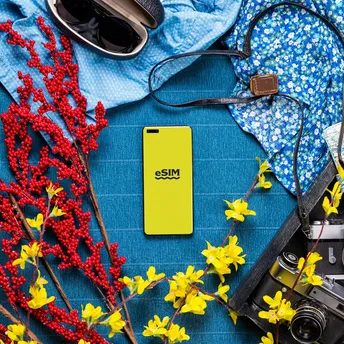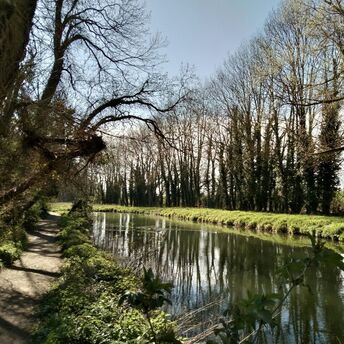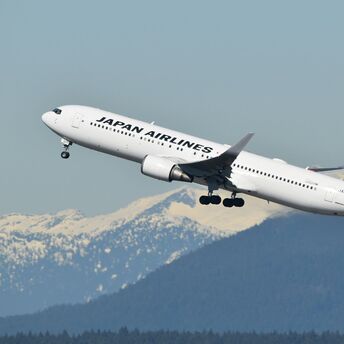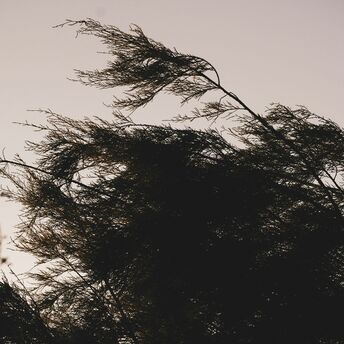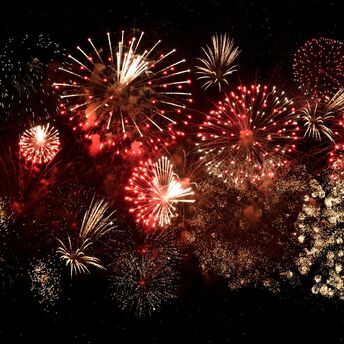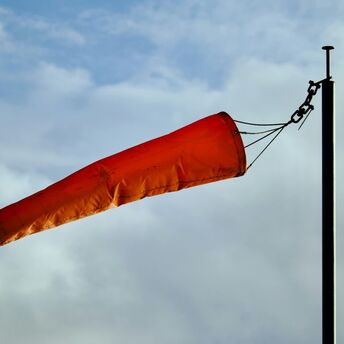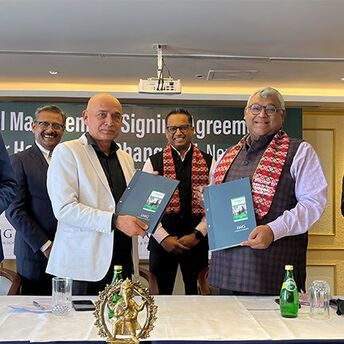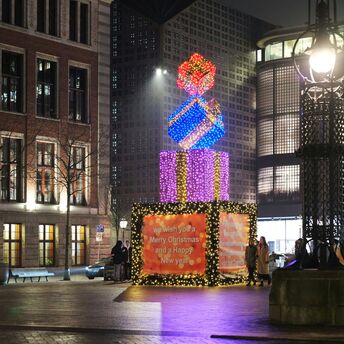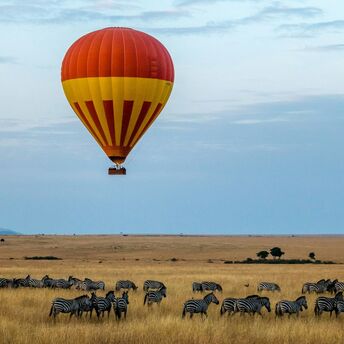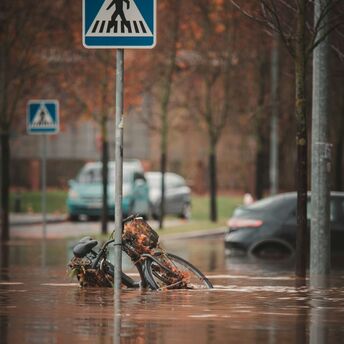Ruska Season Opens New Opportunities for Lapland Visitors
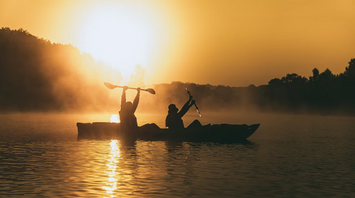
Lapland in northern Finland is entering its peak autumn phase, known locally as "ruska," when forests are covered in bright shades of yellow, orange, and red. The brightest seasonal colors emerge in September and October. Mild temperatures and minimal mosquito activity at this time create favorable conditions for outdoor activity and access to regional trails. This seasonal change is considered an important environmental and travel event in the area.
The ruska period coincides with active outdoor operations across the region. Hiking trails stay open and accessible, providing opportunities for structured exploration of forests and fells. Mountain biking routes are open near ski resorts, offering everything from clearly marked beginner trails to demanding off-road courses. Kayaking, canoeing, and white-water rafting are offered on certain rivers and lakes, providing a range of water-based experiences. The range of activities demonstrates the region’s ability to support tourism in autumn.

Specific locations offer structured access to seasonal attractions. Biking trails include Oulanka National Park, Pyhä-Luosto along the Isokuru canyon, and Riisitunturi National Park. Rivers and lakes in Kemijärvi, Inari, and Kittilä provide settings for kayaking, canoeing, and paddling. Wildlife observation is possible at SnowVillage Wildlife Park, during guided excursions around Pallasjärvi, and in areas near Rovaniemi, providing visitors with opportunities to see Arctic species in their natural or semi-natural habitats.
The ruska period also affects travel planning and operational logistics. Cooler temperatures, reduced insect activity, and lighter visitor numbers improve scheduling efficiency and safety for excursions. Accessible sites including Saariselkä, Korouoma Canyon, and Urho Kekkonen National Park support structured itineraries for hiking, biking, paddling, and wildlife observation. These conditions make autumn a practical alternative to peak-season periods, helping with visitor management and supporting regional tourism operations.

In conclusion, the ruska season in Lapland provides an important opportunity for travel in northern Finland. The season’s clear value for visitors emerges from its blend of impressive natural settings, accessible travel routes, and numerous outdoor options. In autumn, Lapland’s landscapes and wildlife become more accessible, demonstrating the area’s relevance outside the traditional winter season.

